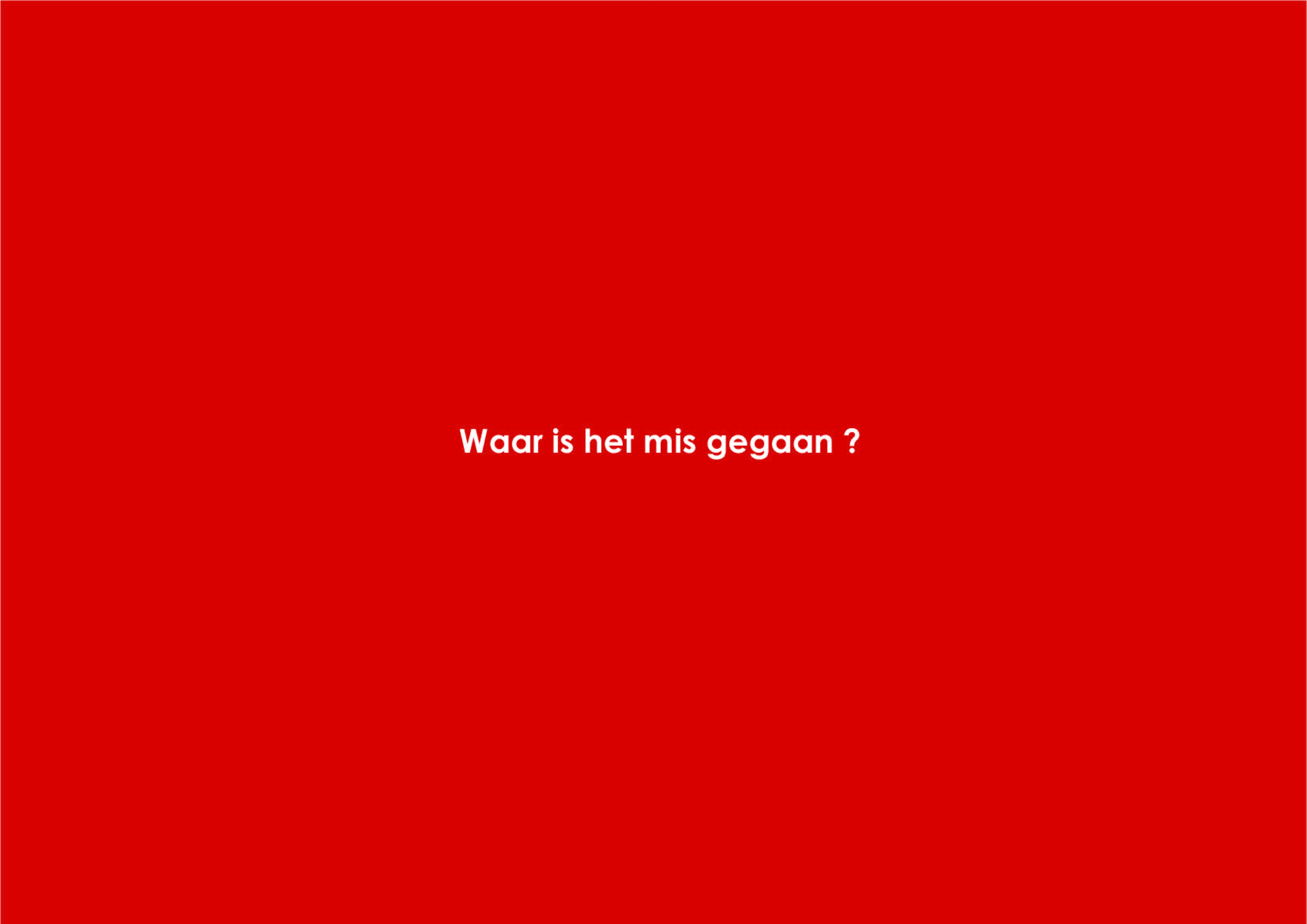- Type: R&D project by Studio Hartzema
- Client: PROVADA 2019 (presentation purposes)
- Core team: ir. Henk Hartzema, Pim Heikoop, ir. Saba Schramko
- Status: Research phase completed – Further implementation to be anticipated
- Published article: https://www.dearchitect.nl/stedenbouw/artikel/2019/06/wat-overkwam-stedenbouw-in-amsterdam-101211582
The municipality of Amsterdam has recently prepared a large number of documents for the redevelopment of Sloterdijk South, with a key aim to transform the current business park into a mixed urban area including housing.
Urbanism as a calculation process
What appears to be very striking in the documents is the far-reaching involvement of the municipality in the development of the plots. In fact, plot specifications dictate height, density, number of dwellings including distribution of dwellings and finally the desired additional urban program. In addition, the houses are divided according to the 40-40-20 doctrine. As a result, urban design is reduced to designing a structure of straight streets and providing numerical indications of the plots. Urbanism becomes a calculated process, where quality must be created by shiny buildings and happy coffee drinkers in renderings.
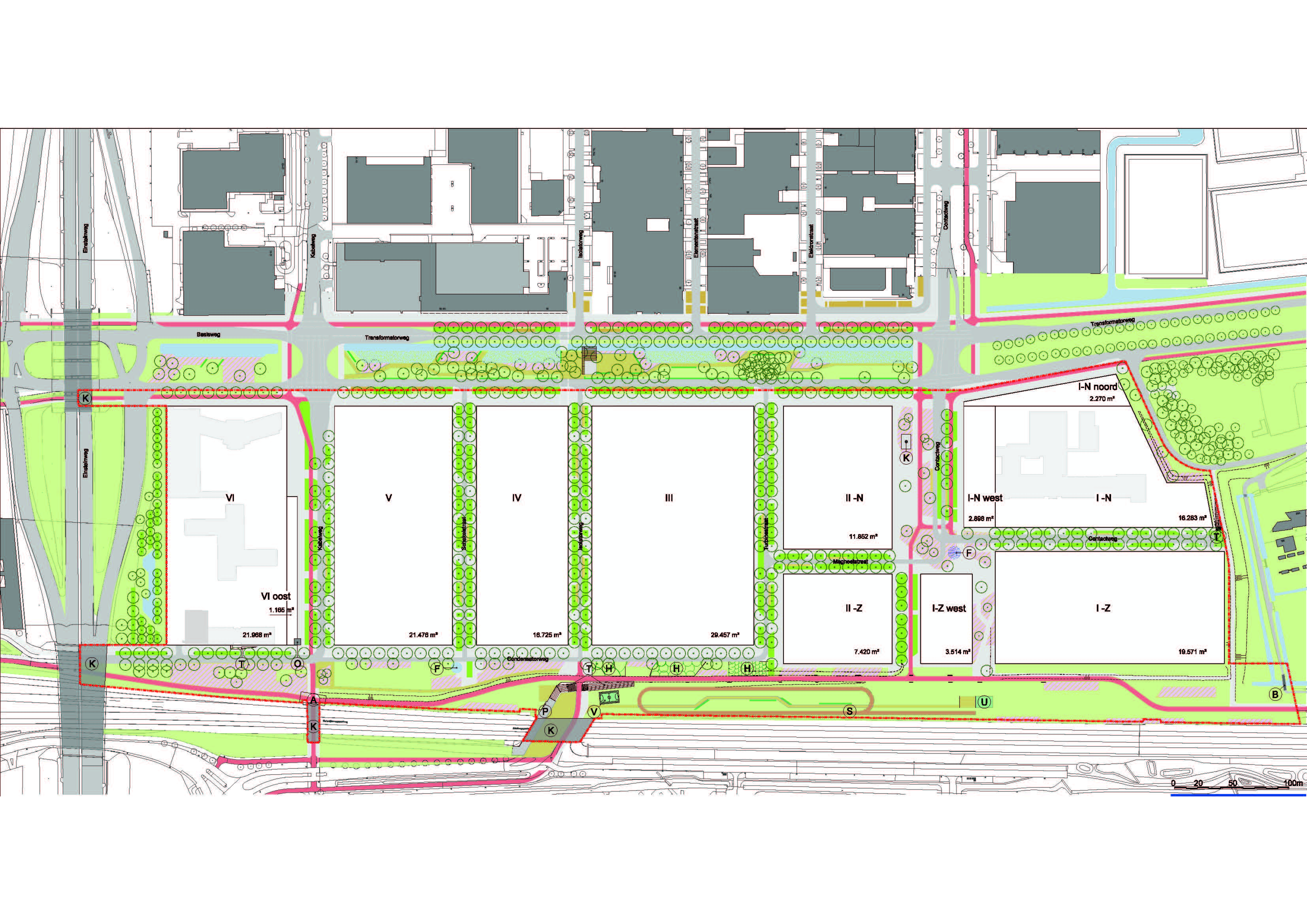
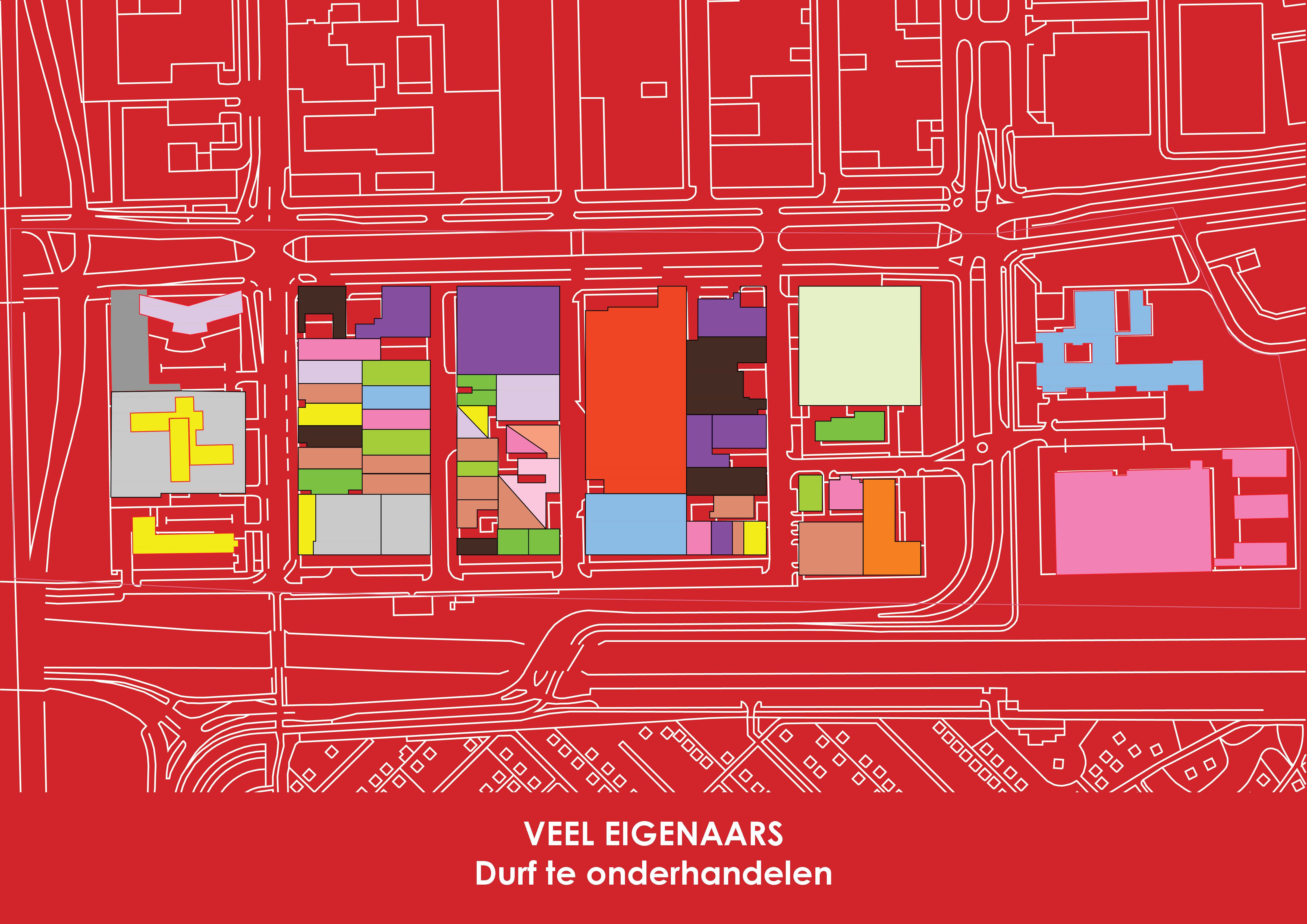
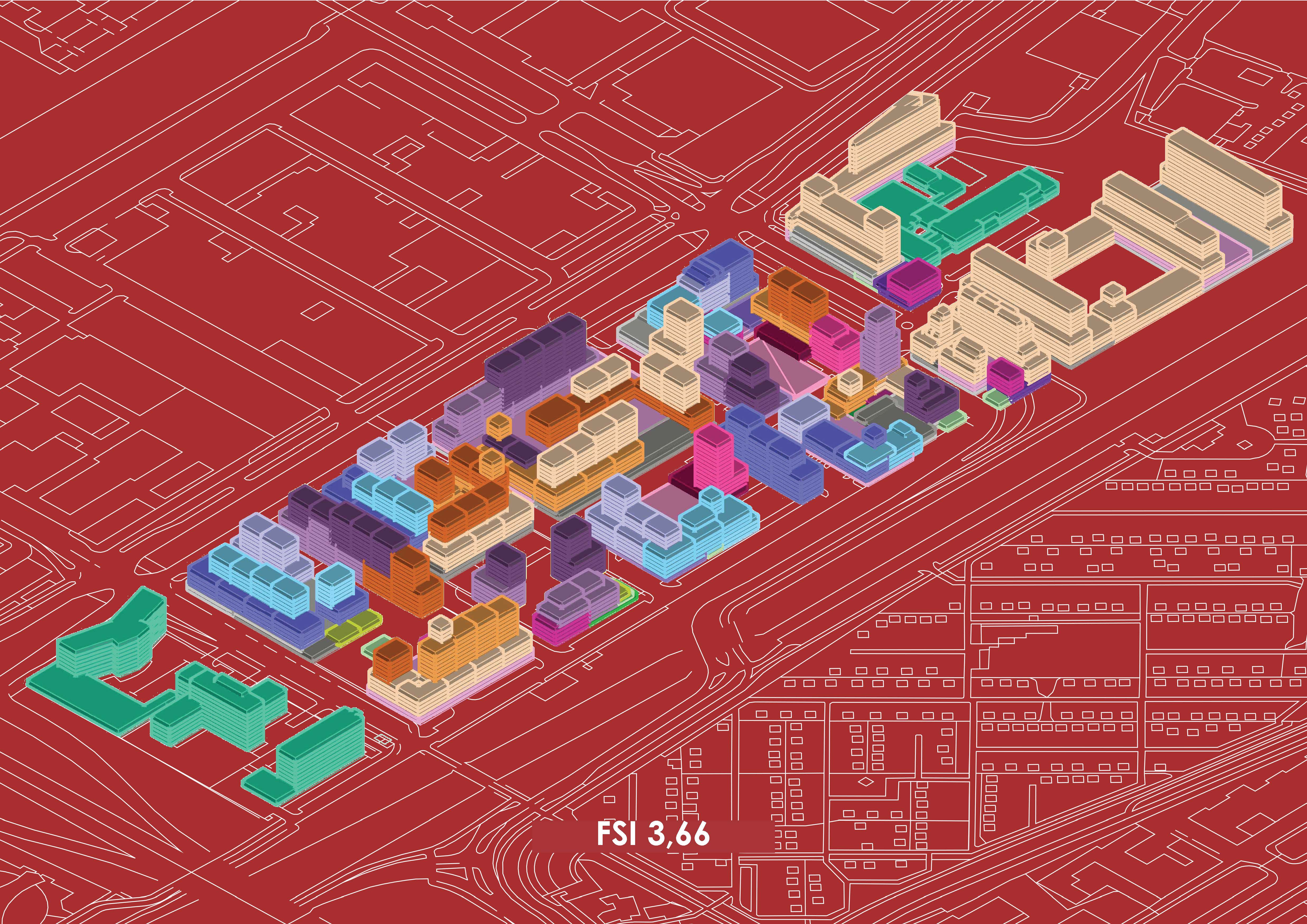
Developing the new 40/40/20 +10 doctrine
So, what went wrong? Urban design should first of all create (public) space. Buildings, firmly on the ground, that compose the city with their volume structure and designate the relationship between inside and outside.
It seems that the municipality is afraid of the free market. Maybe that’s right. But in the good Dutch tradition of giving and taking there are openings to make the city better. Why not provide an incentive for the plot owners? Let’s suppose that they are encouraged to return 10% of their plot to society in the form of a pocket park or a sunspot and they receive 10% development space as a gift. Then 40/40/20 suddenly becomes 40/40/20 + 10. The city develops its housing, the developer earns his margin, the residents have their social space. A scenario only with winners.
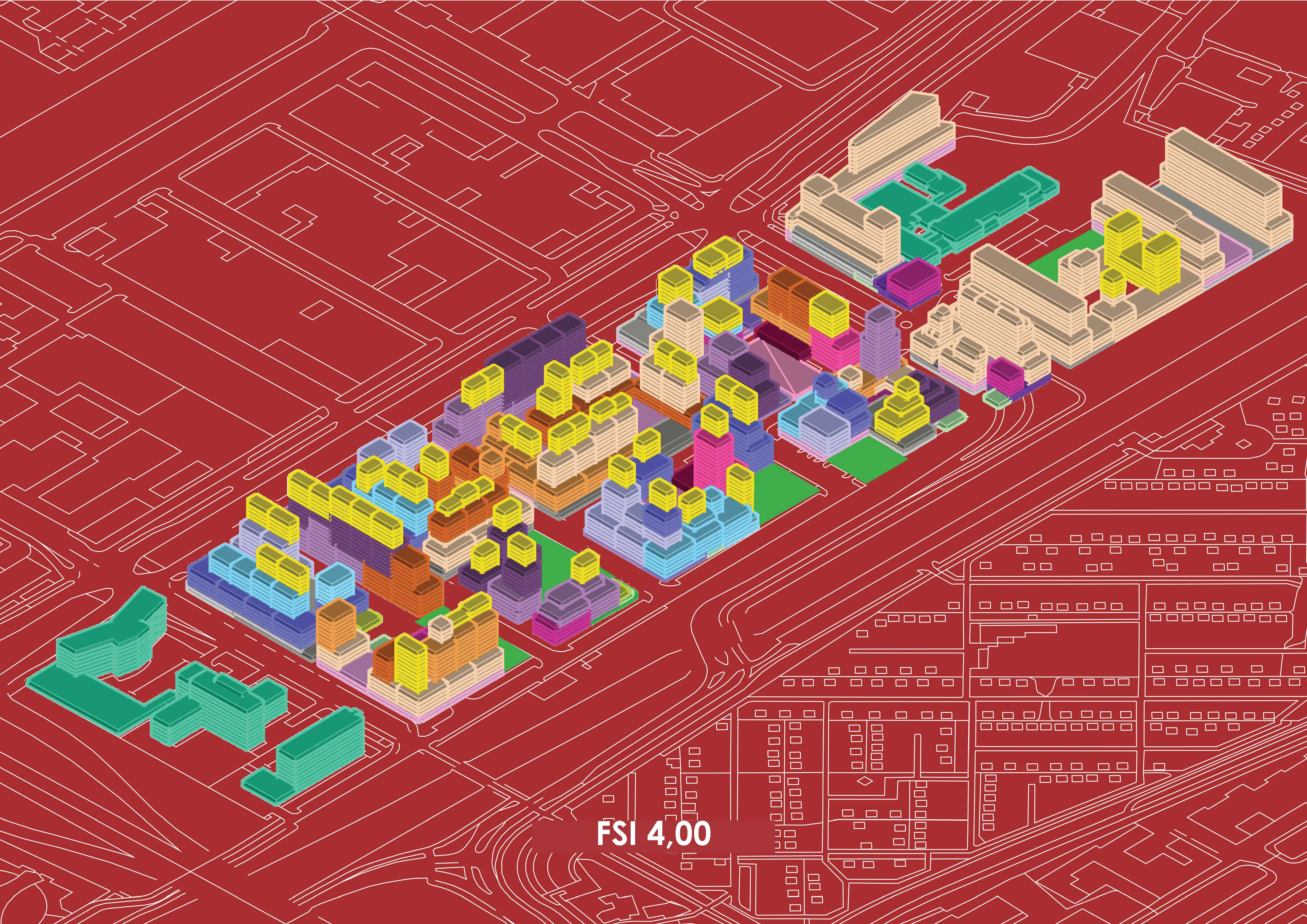
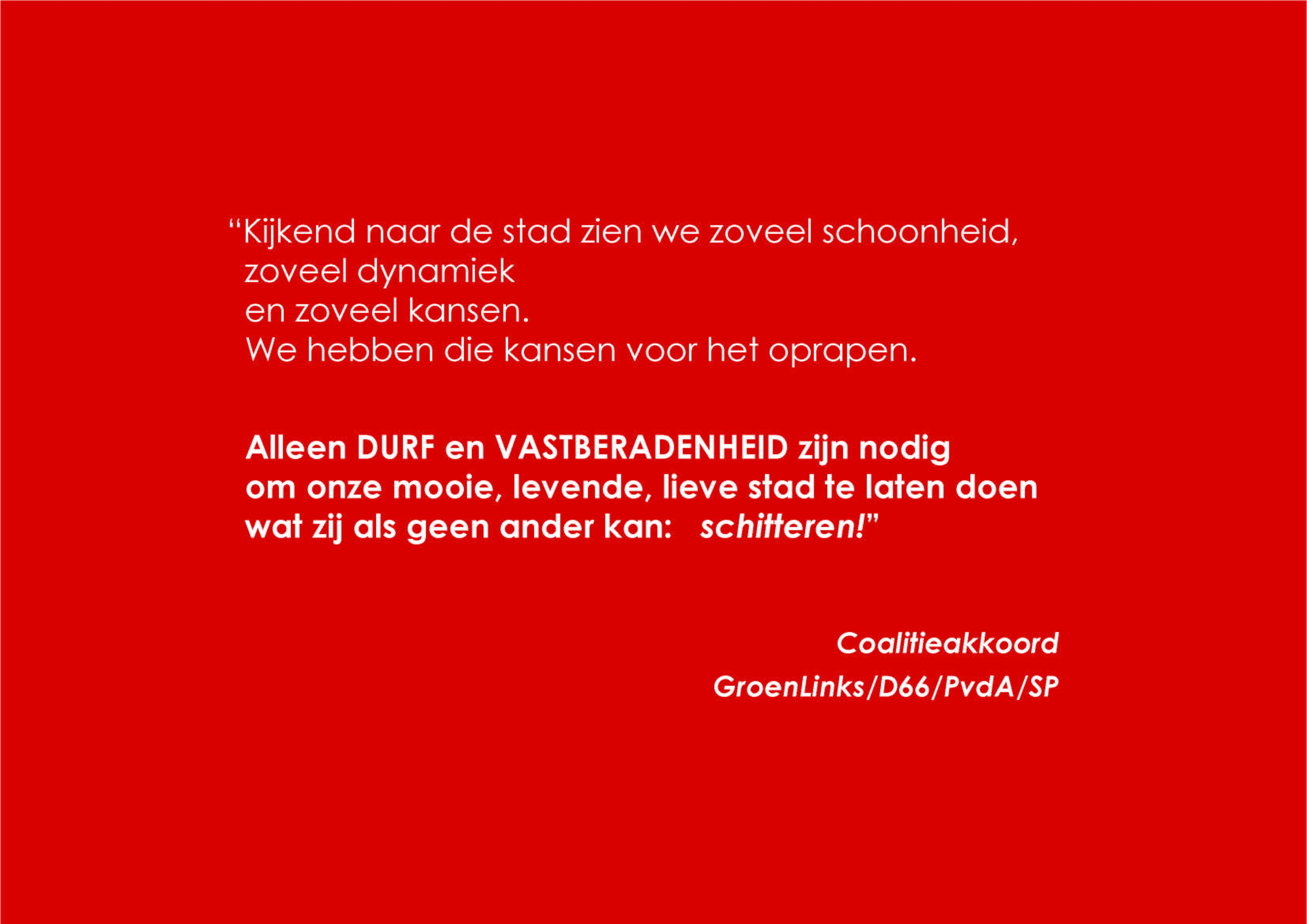
All figures above are part of the presentation pitched by ir. Henk Hartzema at the PROVADA 2019. Find the full presentation here: https://www.freshresearch.nl/free-material/

